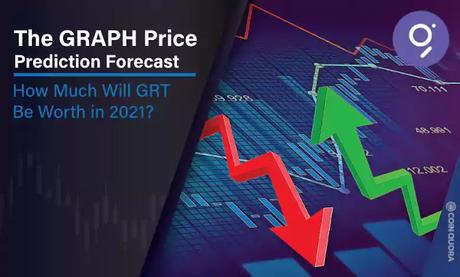
photo credit: Google Images
Similar to how Google shaped internet search indexing, blockchain and Web 3.0 have a similar need as the pre-Google internet did. Really basic information like understanding token transactions or accessing user data is complicated to get, so there has been a demand for indexing and querying information about basic blockchain transactions. Enter The Graph.
Think about how much we search for information on the internet before Google. We had millions of web pages haphazardly thrown together. Gathering info about anything took a long time. You know how long dial-up took? I remember. When we wanted to search something like "What's the best place to order takeout in Atlanta?" It would not be that easy. To be honest, sorry, but Jeeves wasn't really cutting it.
Then, all of a sudden, two guys out of their garage made a search indexing tool that took the entire internet by storm. The tool made searching and indexing information on the internet incredibly easy unlike any other tool previous to it. Internet users around the world were then able to get easy access to information in seconds. Back before Google was evil. But welcome to the Google of blockchains--- The Graph.
Why everyone is so excited about The Graph.
Retrieving data across blockchain platforms has been one of the most prominent trends in blockchain development. The Graph allows indexing of data on the blockchain, hence making the blockchain's organizational pattern more efficient and blockchain data access more efficient as well.
It is essentially what Google does but for Web 3. As one of the most commonly used blockchain applications, over 3,000 subgraphs have been deployed on The Graph. Those subgraphs have helped developers index on apps like Balancer, Uniswap, Decentraland, Synthetix, and Aave.
The Graph though is at the top of that list of protocols for developing data retrieval tools in addition to the startup being used by thousands of developers for its indexing tool. It's also funded by prominent VC firms such as Coinbase Ventures and Multicoin Capital, so there's strong institutional belief as well. That speaks volumes to the product itself and the team.
Meet The Team
Speaking of the team, the leadership has a strong background in working together across engineering projects. Two out of the three co-founders, Yaniv Tal and Brandon Ramirez, studied together at the University of Southern California.
The pair also worked together at a company called MuleSoft, which underwent an IPO and sold to Salesforce, which makes me wonder why those mules are so oft. So these guys have some really major league Web 2 experience, but they are focused on building an indexing tool for Web 3.
A seed round was announced in January 2019, then in October of 2020. The Graph's GRT token sale raked $12 million to the general public. As of November 2020, The Graph has raised $25 million. 4% of the total token supply was allocated at that time to people all across the world.
Usage on The Graph has been rising at 50% month over month. In total, the number of queries hit 7 billion in September 2020.
What makes The Graph so valuable?
Well, let's briefly talk about the value points that using The Graph offers to blockchain developers. At its heart, The Graph enables efficient querying data for decentralized web applications. One of the many valuable components of The Graph is that it allows developers on Layer 2 projects to retrieve data they need from Ethereum and other Layer 1s.
One example of this application will be the Uniswap subgraph. Using the Uniswap subgraph, anyone can dynamically begin to track any exchange created on the Uniswap platform. Any user and any transaction can also be queried. This is especially useful for Defi farmers who want to find the profit of the liquidity provider.
An active community
The Graph has an active community across social media channels as well as a way to get grant money by building out the community. The community lives on the Discord channel, where developers on The Graph ask each other questions for making queries and indexing on the protocol.
The Graph also has an active GitHub and Telegram channel where users can interact with their community across many different capacities. However, one of the coolest features is the forum of The Graph's website which covers an array of topics from governance proposal news to information about the best daily APY.
Novice digital asset enthusiasts all the way up to the most veteran developers can be found on the platform engaging in conversation, staying comfortable in their own lane, and possibly their mother's basement. I'm just kidding.
Empowering the community
As we previously mentioned, The Graph also empowers its community through grants. Grant categories are very open across skill sets.
The four grant categories currently available include the protocol infrastructure, tooling, decentralized applications, and community. There are basic questions to fill out such as previous experience, proposal description, requested funding amount, mission and impact, and anticipated milestones.
The grant profile description touches on memes, music videos, writing samples, and other creative mediums for grants. Again, it seems like a very open environment to help The Graph and speaks to however an individual is best suited.
Conclusion
So given the community and the promise of blockchain-based search indexing, how high can The Graph go? Well, it has some of the best institutional investors behind them. If all of the blockchain indexing continues to be done through The Graph, we may see a $1 GRT this month and potentially $10 by the end of the year.

